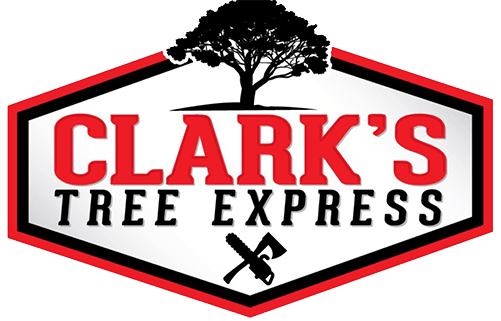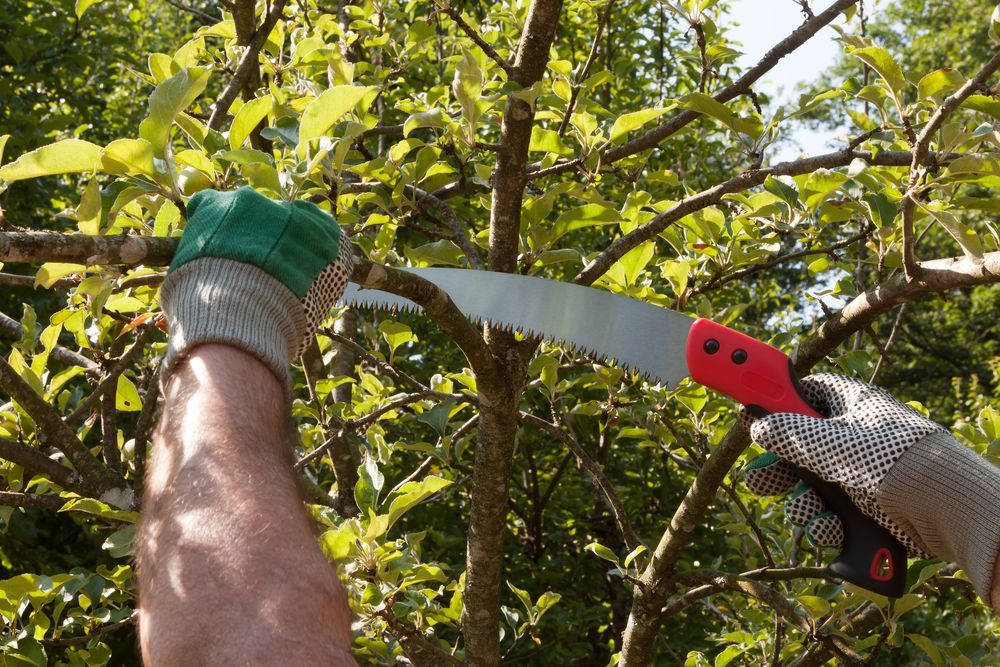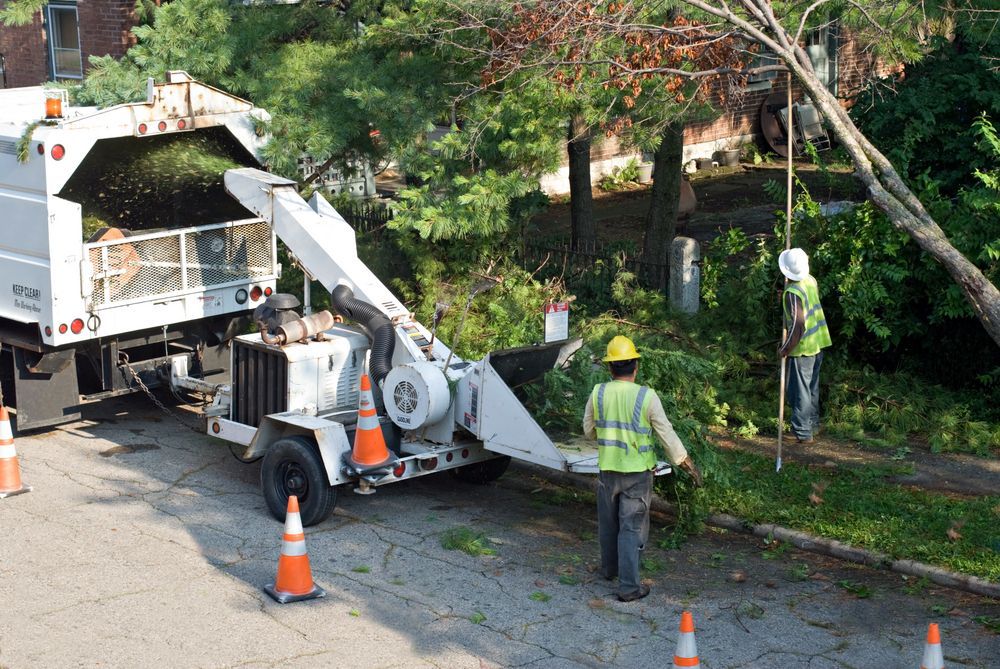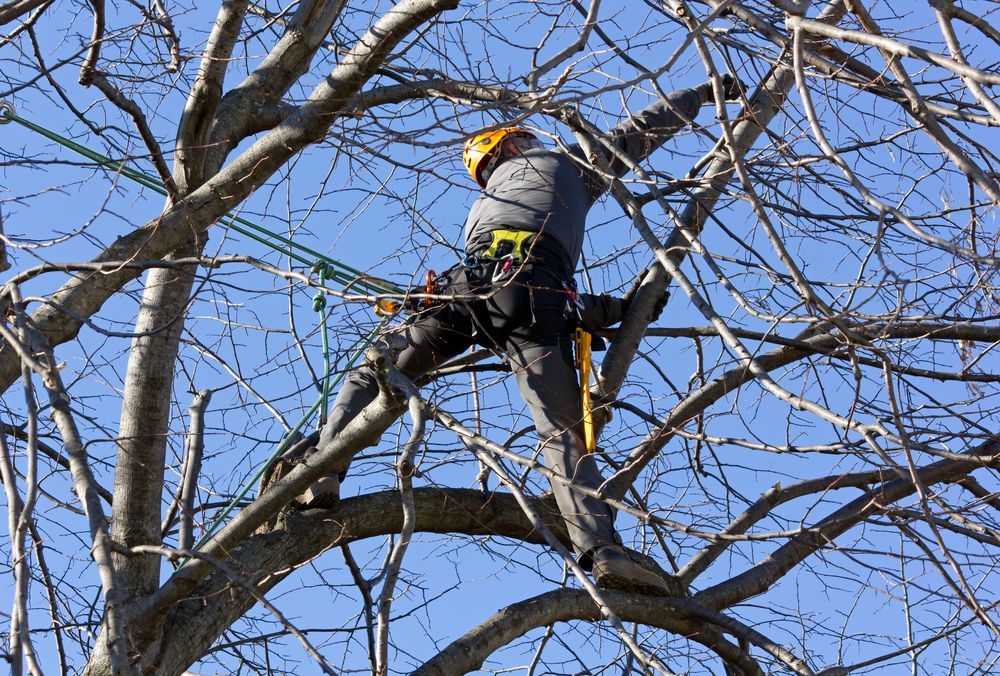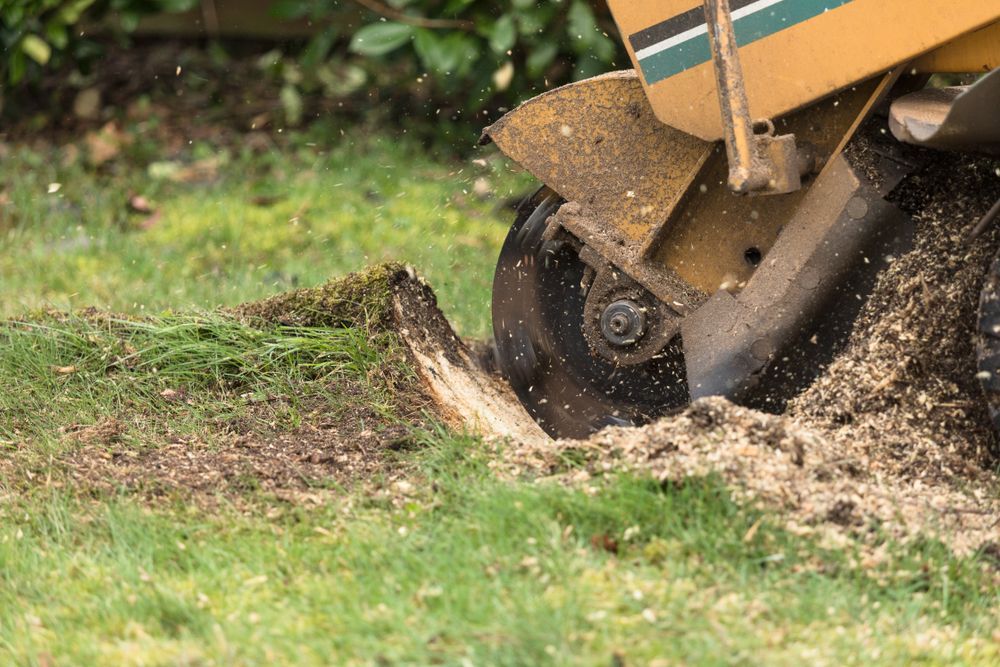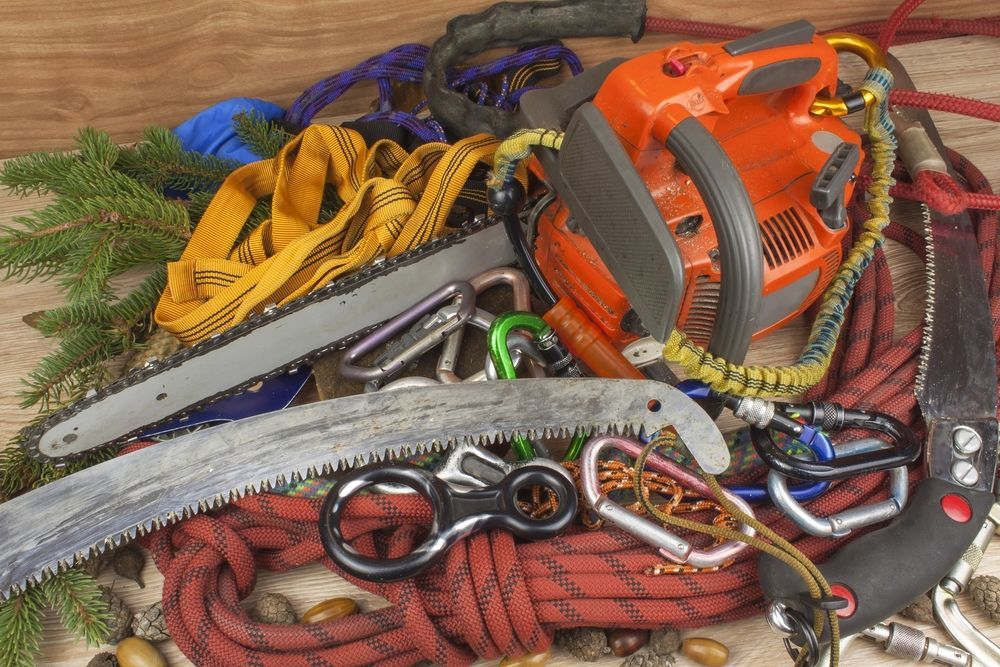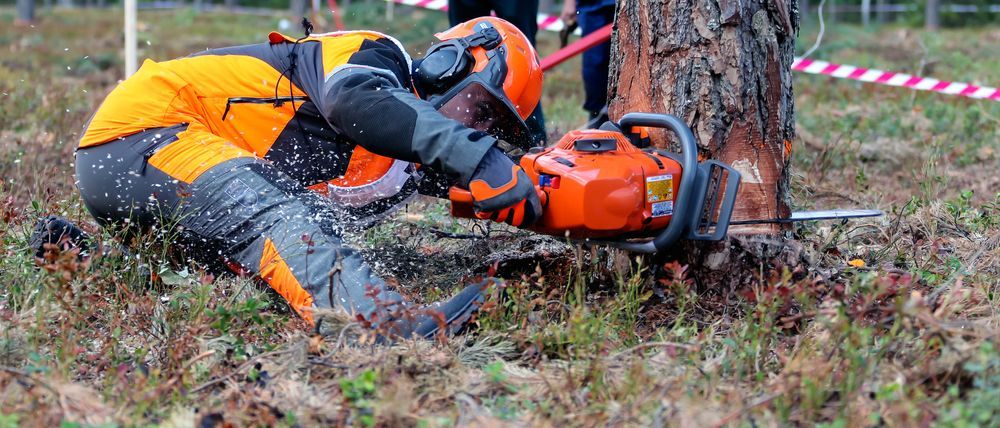Tree Pruning Tips to Keep Your Property Looking Its Best in Huntersville
In a neighborhood like Huntersville, where beautifully maintained landscapes are part of the community charm, the condition of your trees can make a big difference. Healthy, well-pruned trees don’t just enhance your home’s curb appeal — they also protect your property, improve air quality, and promote long-term growth.

Unfortunately, many homeowners either neglect pruning altogether or trim incorrectly, which can harm trees rather than help them. Knowing how and when to prune your trees can keep your yard looking clean, safe, and vibrant all year long.
This guide covers expert tree pruning tips from professional arborists, explaining why pruning matters, the right techniques to use, and how to maintain your trees for long-term beauty and health.
Why Tree Pruning Matters
Tree pruning isn’t just about looks — it’s essential for your trees’ overall health and structural integrity. In Huntersville’s changing climate, with humid summers and the occasional storm, consistent pruning helps your trees adapt and thrive.
Here’s why regular pruning makes a difference:
1. Encourages Healthy Growth
By removing dead or diseased branches, pruning redirects nutrients to the healthier parts of the tree. This promotes stronger growth and improves the tree’s ability to resist pests and diseases.
2. Prevents Property Damage
Overgrown branches can rub against roofs, power lines, or vehicles. Regular pruning helps prevent costly damage during storms or high winds.
3. Improves Aesthetic Appeal
A well-shaped tree enhances the visual balance of your landscape. Properly pruned trees look neat, symmetrical, and intentional — especially when paired with trimmed shrubs and clean lawn edges.
4. Boosts Sunlight and Airflow
Thinning a dense canopy allows sunlight to reach your lawn and garden while improving airflow. This reduces moisture buildup, which can help prevent mold and fungus.
5. Enhances Safety
Weak or hanging limbs are potential hazards. Removing them reduces the risk of falling branches that could injure people, pets, or damage property.
Essential Tree Pruning Tips
Pruning may sound simple, but doing it the right way requires knowledge of timing, technique, and tree biology. Here’s what every homeowner should know before reaching for the shears.
1. Prune at the Right Time of Year
In North Carolina, late winter to early spring is the ideal time to prune most trees. During this dormant season, trees experience less stress, and wounds heal faster as new growth begins in spring.
Avoid pruning in late summer or early fall — this can stimulate new growth that may not harden before winter freezes.
2. Start with Dead or Diseased Branches
Always begin by removing branches that are visibly dead, cracked, or infected. This prevents decay from spreading and allows you to focus on reshaping the healthy parts of the tree.
3. Use Proper Cutting Techniques
- Make clean cuts: Avoid tearing bark or leaving jagged edges.
- Cut at the branch collar: Trim just outside the swollen area where the branch meets the trunk — not flush with the trunk.
- Don’t over-prune: Removing too much at once can shock the tree or weaken its structure.
If a branch is large, use the three-cut method to prevent tearing:
- Make a small notch cut on the underside of the branch.
- Cut through the branch several inches farther out.
- Finish with a clean cut just outside the branch collar.
4. Shape for Structure, Not Just Looks
A well-structured tree is both strong and attractive. Focus on:
- Removing crossing or inward-growing branches.
- Balancing the canopy evenly around the trunk.
- Maintaining a single dominant leader (main vertical stem).
This structural balance ensures your tree can support its own weight as it matures.
5. Be Mindful of Safety
If branches are near power lines or high above ground, don’t attempt pruning yourself. Hire a certified arborist equipped with the right tools and safety gear.
How to Keep Your Trees in Great Shape Year-Round
Tree pruning is just one part of maintaining a healthy landscape. Pair it with these ongoing maintenance practices for best results:
Inspect Regularly
Walk your property once each season to look for cracks, leaning trees, or signs of rot. Early detection can prevent larger problems later.
Mulch and Water Correctly
Mulch helps retain soil moisture and regulates temperature. Apply a 2–3 inch layer around the base, keeping it away from the trunk. During dry spells, water deeply once a week.
Fertilize When Needed
If your soil lacks nutrients, use a slow-release fertilizer in early spring to encourage strong root and leaf development.
Call for Professional Pruning Every Few Years
Even if you do light trimming yourself, it’s smart to have an arborist perform a professional pruning every 3–5 years. They’ll spot issues like interior deadwood or hidden decay that are easy to miss.
FAQs About Tree Pruning in Huntersville
How often should trees be pruned?
Most mature trees should be pruned every 3–5 years. Young trees may need annual shaping to establish a strong structure.
What happens if I don’t prune my trees?
Unpruned trees can grow unevenly, develop weak limbs, or become overgrown, which increases the risk of falling branches and disease.
Can I prune trees in the summer?
You can remove small dead or damaged branches anytime, but major pruning should wait until the dormant season for best results.
What tools do I need for light pruning?
Use bypass pruners for small branches, loppers for medium limbs, and a pruning saw for thicker cuts. Always sanitize your tools to prevent disease spread.
Should I hire a professional or do it myself?
For small, low branches, DIY pruning is fine. For large trees, high branches, or those near power lines, always hire a professional to ensure safety and proper technique.
Conclusion
Tree pruning isn’t just about keeping your property neat — it’s about protecting your investment and ensuring your landscape thrives year after year.
With regular maintenance and
professional pruning, you can maintain strong, beautiful trees that frame your Huntersville home and elevate your curb appeal. Whether it’s seasonal trimming or a full inspection, partnering with a trusted local tree service ensures every cut supports your property’s long-term health and beauty.
